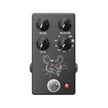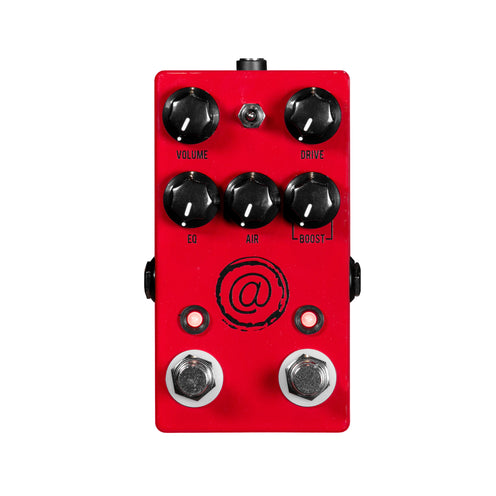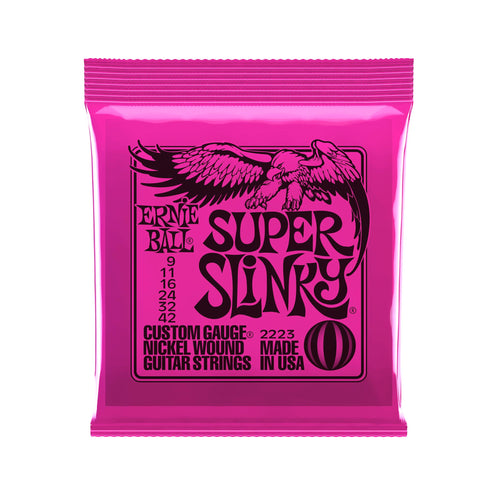- What's New
- Deals
- About Us
- Experience Swee Lee
- Swee Lee Music Academy
- Secure SSL Encryption
- This online store is secured by Shopify
- All
- #
- A
- B
- C
- D
- E
- F
- G
- H
- I
- J
- K
- L
- M
- N
- O
- P
- Q
- R
- S
- T
- U
- V
- W
- X
- Y
- Z
- Electric Guitars
- Acoustic Guitars
- Bass Guitars
- Ukuleles
- Folk Instruments
- Guitar Accessories & Gear
-
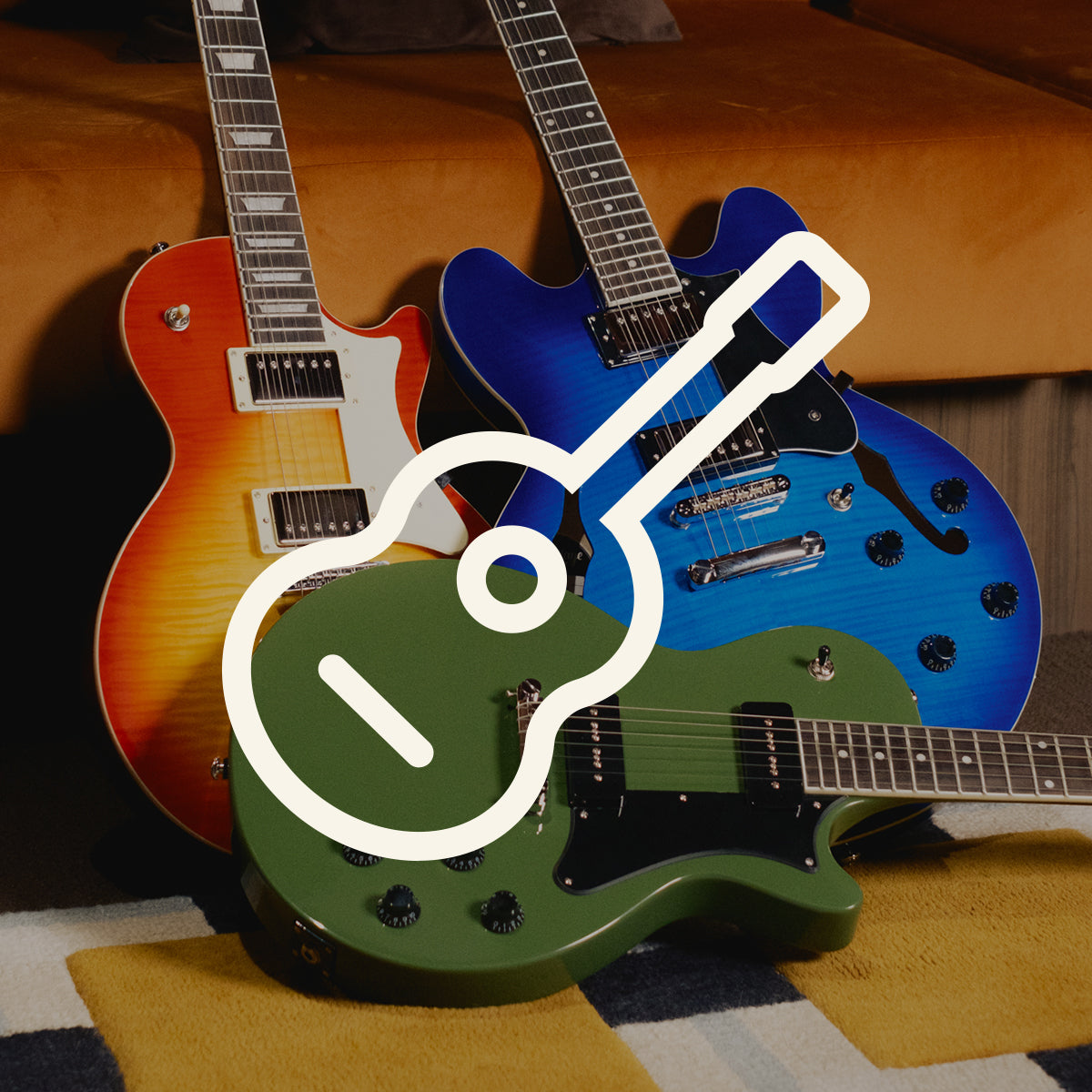 Shop All Guitars & Basses
Shop All Guitars & Basses
- Guitar Amplifiers
- Other Amplifiers
- Monitors & Accessories
-
 Shop All Amplifiers & Monitors
Shop All Amplifiers & Monitors
- Guitar Pedals & Effects
- Specialty Pedals
- Controllers & Accessories
-
 Shop All Pedals & Pedalboards
Shop All Pedals & Pedalboards
- Guitar & Bass Accessories
- Ukulele Accessories
- Drum Accessories
- Keyboard Accessories
- Other Accessories
-
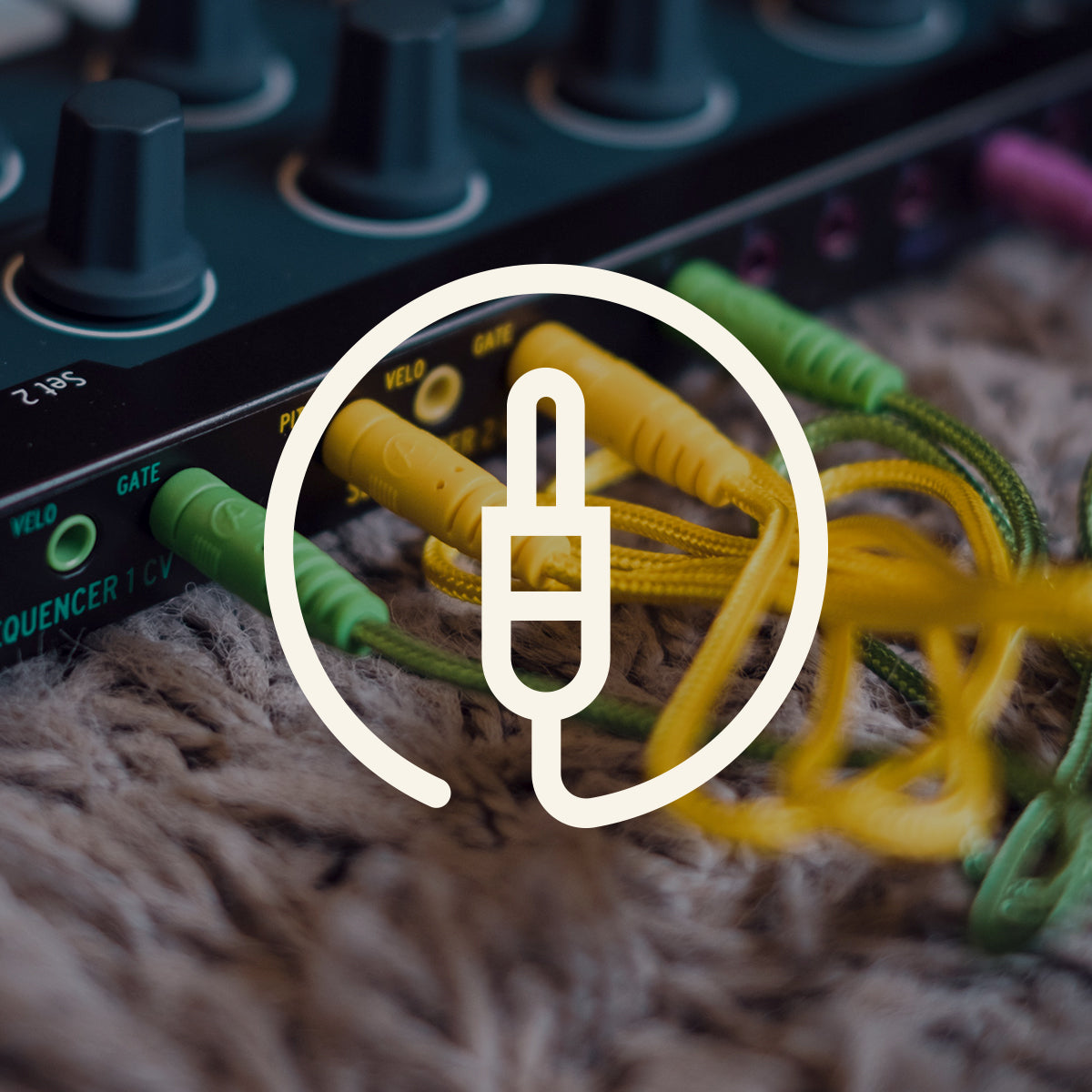 Shop All Accessories
Shop All Accessories
- Drums
- Cymbals & Hi-Hats
- Percussion Instruments
- Drum Accessories & Hardware
-
 Shop All Drums & Percussion
Shop All Drums & Percussion
- Digital Pianos
- Keyboards
- Keyboard & Piano Accessories
-
 Shop All Keyboards & Pianos
Shop All Keyboards & Pianos
- Instrument Cases & Gig Bags
- Specialty Cases
-
 Shop All Cases & Gig Bags
Shop All Cases & Gig Bags
- Apparel & Accessories
- Content Creation
- Consumer Audio
- Gifts & Leisure
-
 Shop All Lifestyle & Gifts
Shop All Lifestyle & Gifts
- Microphones
- Microphone Accessories
-
 Shop All Vocals & Microphones
Shop All Vocals & Microphones
- DJ Gear
- Production Equipment
-
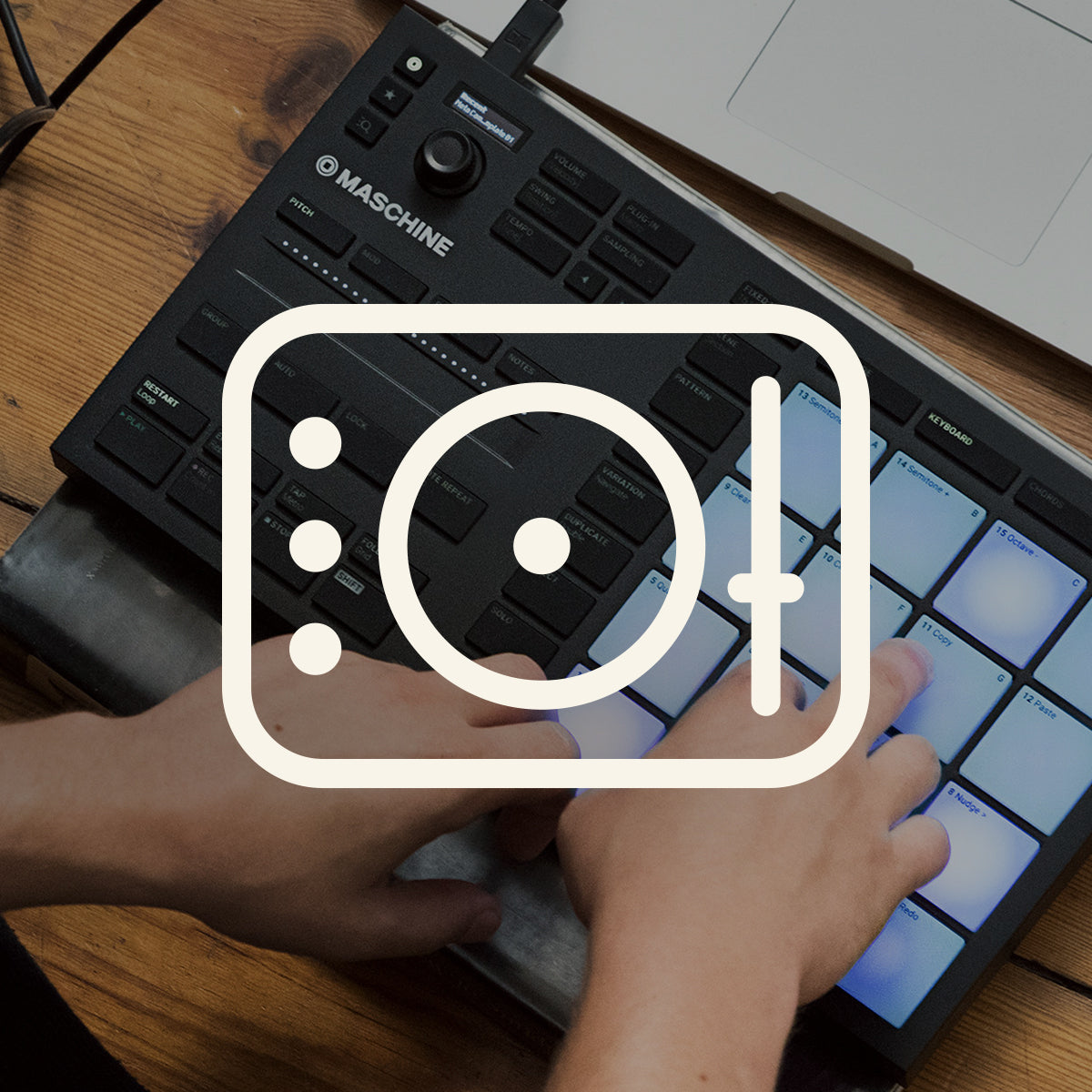 Shop All DJ & Production
Shop All DJ & Production
- Vinyl Records & Turntables
- Cassettes & Players
-
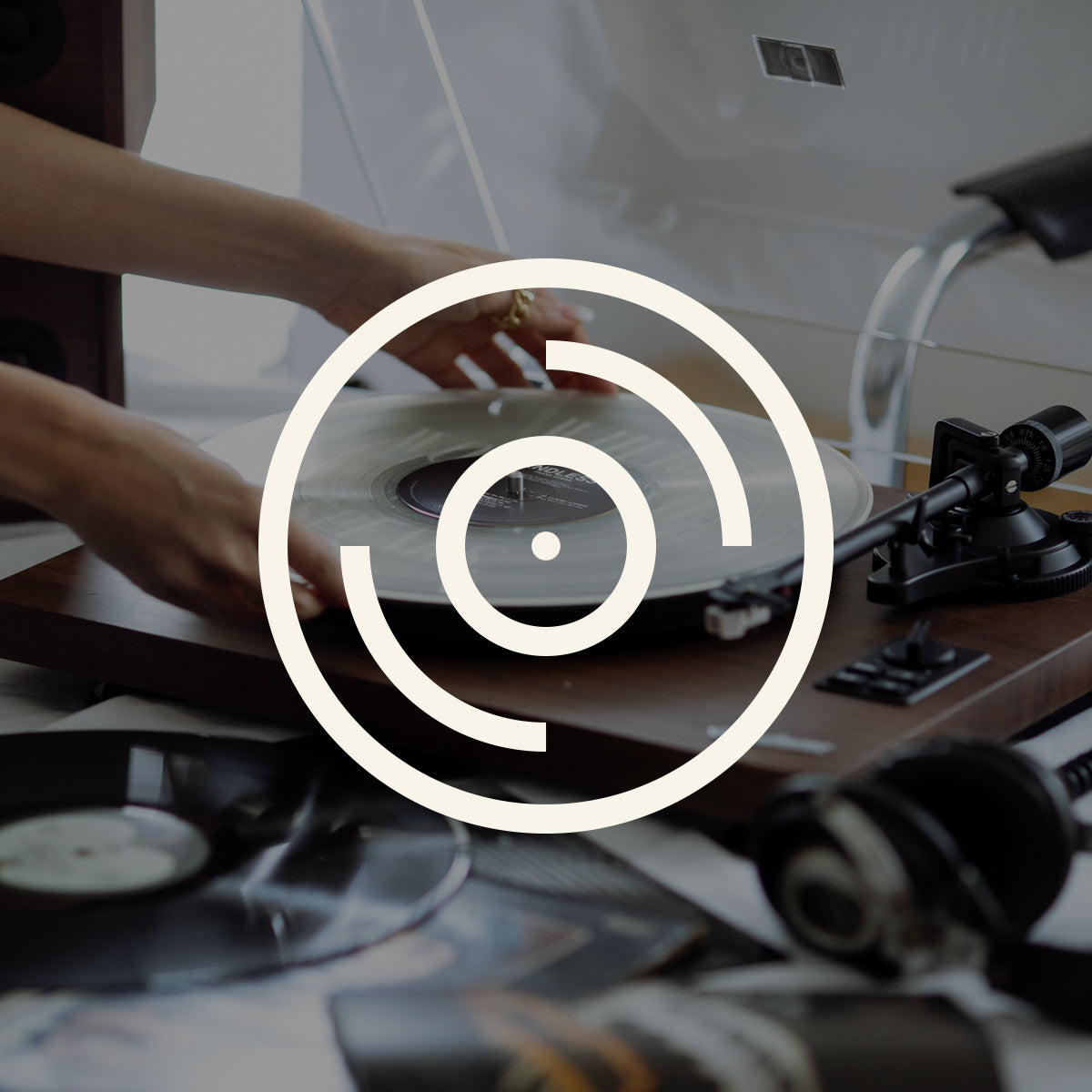 Shop All Vinyl & Cassettes
Shop All Vinyl & Cassettes
- Mixers & Consoles
- PA Systems & Speakers
-
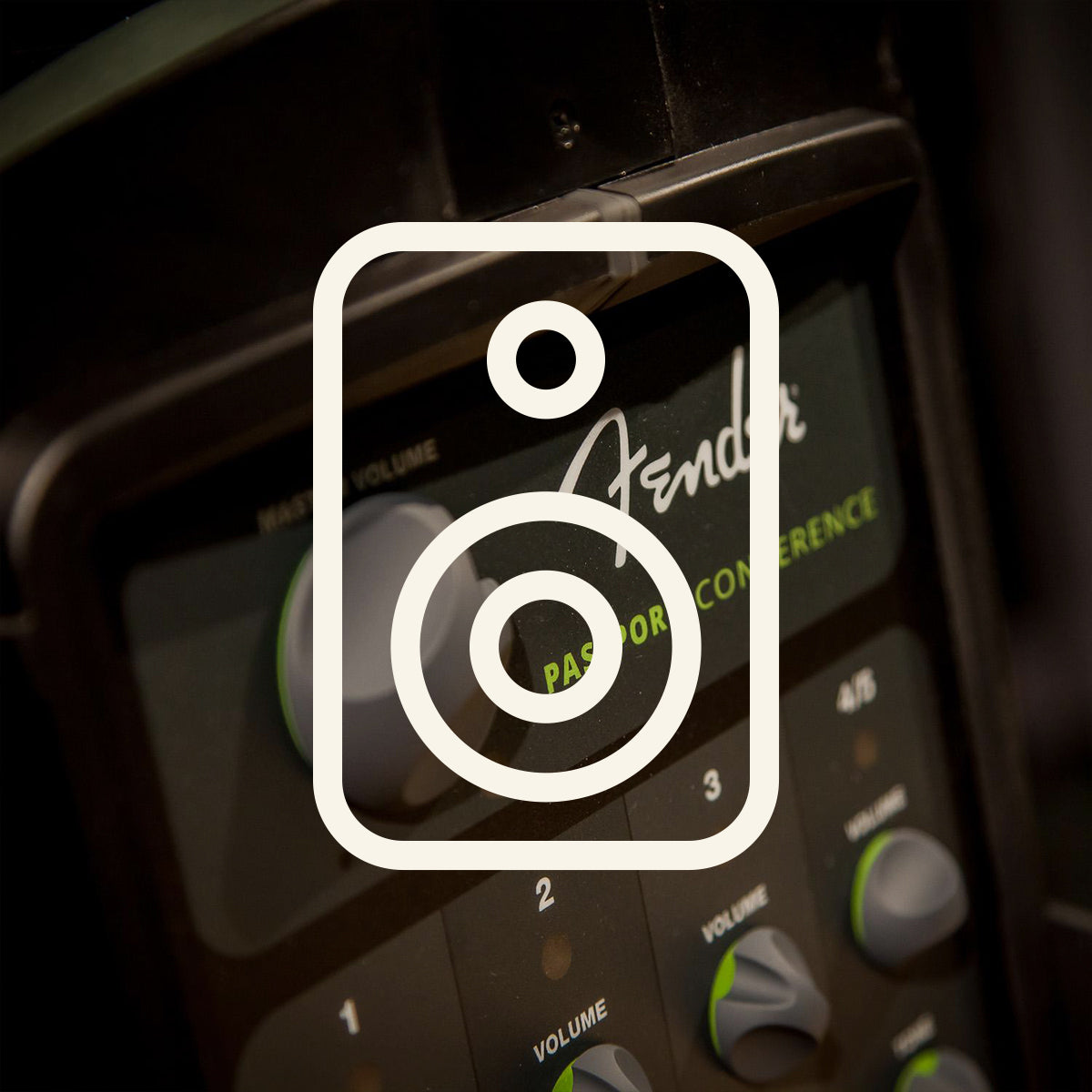 Shop All Pro-Audio
Shop All Pro-Audio
- Discover More
-
 Sell or Trade
Sell or Trade -
 Custom Shop
Custom Shop -
 Repairs & Services
Repairs & Services -
 Swee Lee Blog
Swee Lee Blog
Recent Searches
We strive to provide our customers with the best value and shopping experience. As part of our commitment to customer satisfaction, we have implemented a Price Matching Policy to ensure that you receive the most competitive prices available. See if you are eligible to request Price Match.
Learn more about the Price Match Policy.
JHS PackRat Distortion Guitar Effects Pedal
Item may be on display!
(Incl. Taxes & Shipping Cost)
Click & Collect
Shipping
Standard (3-5 Days)
Free
Same Day Delivery
$20
The delivery options may vary at checkout according to the items in your cart. Learn more about Shipping & Delivery.
In 1978, the most versatile and influential distortion pedal of all time was invented in Kalamazoo, MI. Scott Burnham and Steve Kiraly first had the idea after playing, repairing and modifying all the available distortion pedals on the market. They wanted something that didn’t exist in the then mainstream throes of MXR, DOD and even BOSS’s product line; they wanted a pedal that could go from overdrive to distortion and then all the way to fuzz. By 1979 Scott had perfected the circuit in his RAT-infested basement workshop, and the rest is history.
The PackRat is the ultimate tribute to the 40+ years of rodent evolution and its impact on the guitar’s sound. Artists from every genre have used the iconic tones in this unassuming black box to create their sounds, including Nirvana, John Schofield, Pink Floyd, Metallica, REM, the Eagles, Jeff Beck and Radiohead.
Building on our Multi-Mode pedal series that includes the Muffuletta and Bonsai, the PackRat uses the same unique digital runway system to direct the paths of 261 components through 40 individual switches. This means that when you choose one of the nine legendary or rare modes, you are playing fully analog circuits that perfectly replicate that mode, even down to the aging components (also known as component drift).
Shop with a specialist
Discover exceptional service at Swee Lee with a 45-minute session guided by our experts in-store
Have a question?
Contact our experts for product support
or help with your order
Contact our experts for product support or help with your order

Shop with a specialist
Discover exceptional service at Swee Lee with a 45-minute session guided by our experts in-store
Book an appointmentHave a question?
Contact our experts for product support
or help with your order
Contact our experts for product support or help with your order
Chat with us
Discover new sonic textures through JHS’s inventive pedal lineup.
CUSTOMER WHO BOUGHT THIS PRODUCT ALSO BOUGHT
CUSTOMER WHO BOUGHT THIS PRODUCT ALSO BOUGHT
Customer Reviews
{title}
{title}
Thank you for your review!
Oops...
